{My educational journal} multiplying Orchidaceae sp through Simple Tissue Culture Techniques #ScienceSeries
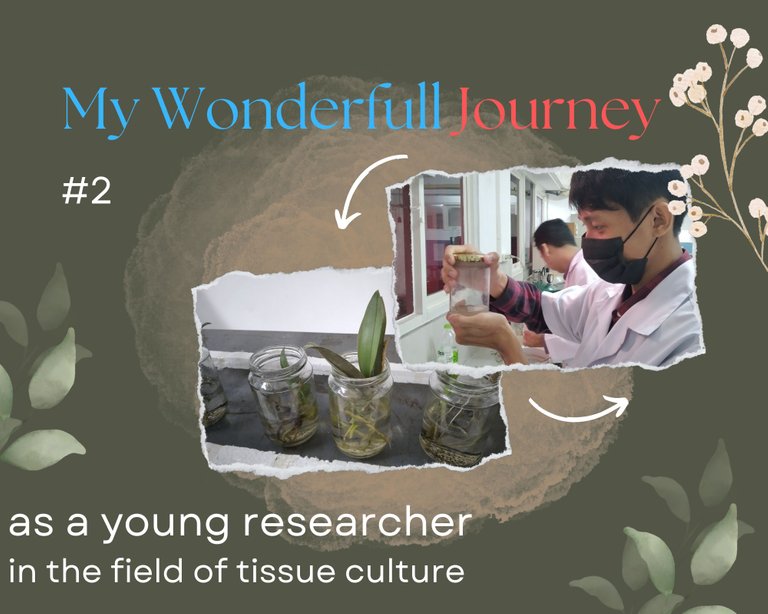
Introduction
This experience occurred when I was an exchange student at the Muhammadiyah University of Sidoarjo, East Java. What is an interesting thing? I took a tissue culture course which I already got the material in the third grade of high school, but I only got the depth in this course. The lecturer who hosted it was really friendly. Her name is Mrs. Intan and she is still very young as a lecturer. At that time the learning process in theory was still remote because of the 2019 covid pandemic. However, the excitement was still felt and really fun. Not only foreign students like myself and Muhammadiyah students from Sidoarjo took part, but students from Kendari and Purwokerto also participated in this exchange program, making the class more crowded. When the tissue culture practicum arrived, that's when the techniques and procedures of the propagation method were taught. The practicum takes place during the class schedule, which is 1 hour 40 minutes at the Tissue Culture Laboratory, Faculty of Agriculture. The samples that were propagated were orchids (Orchidaceae sp).
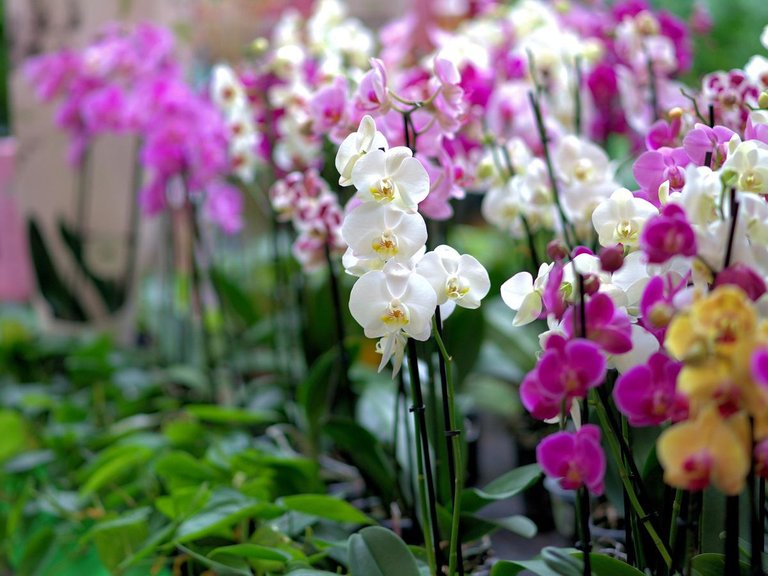
At a glance About Orchids, aesthetic plants to beautify your yard
Almost everyone knows the shape of the orchid plant because it is visually easy to identify. Most orchids stick to other media such as charcoal, tile fragments, coconut husks, fern roots, pieces of pine bark, plant stems or rocks. There are also orchids that grow on the ground. According to the systematics, orchids belong to the Orchidaceae family which is estimated to have more than 30,000 species of natural orchids and about 50,000 types of hybrids produced by human cultivation. In Indonesia, it is estimated that there are about 5,000 types of natural orchids.
Source: Orchid
Propagating Orchids Through Simple Tissue Culture Techniques
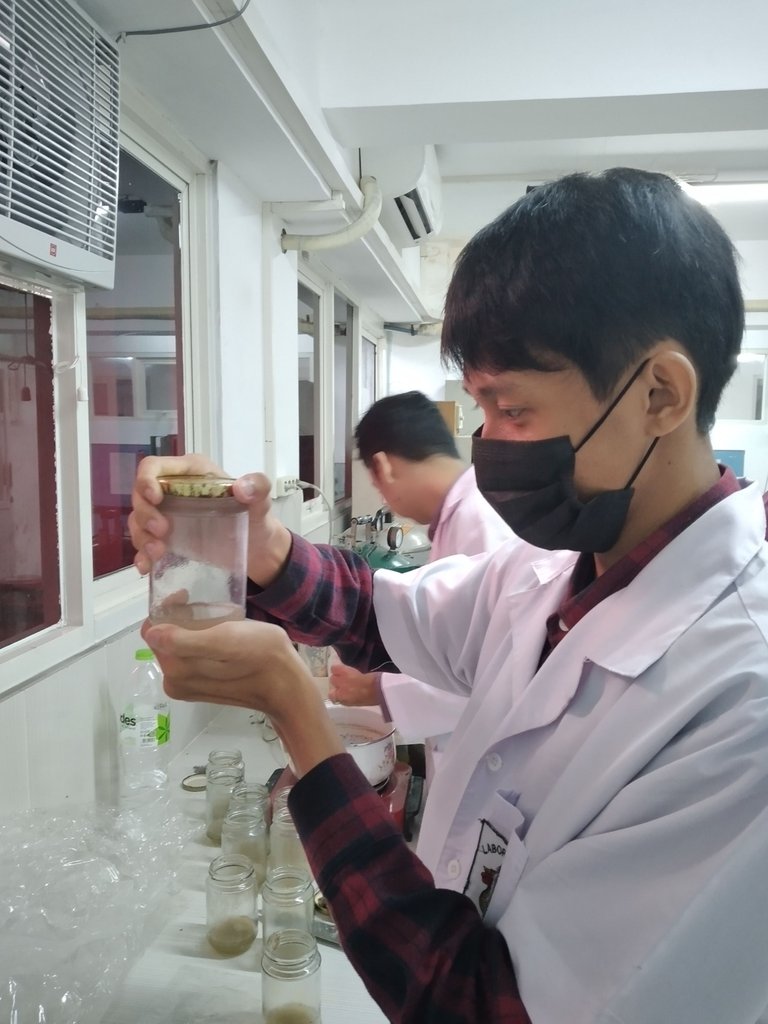
Tissue culture is a method for isolating parts of a plant such as a group of cells or tissues grown under aseptic conditions, so that the plant parts can reproduce until they grow into new plants with the same properties. The part of the plant that I isolated was the stem of the orchid. The trick is to cut and separate the stem from the orchid's body parts such as leaves and root fibers using a sterilized knife.
The Most Important Thing In Tissue Culture Is?
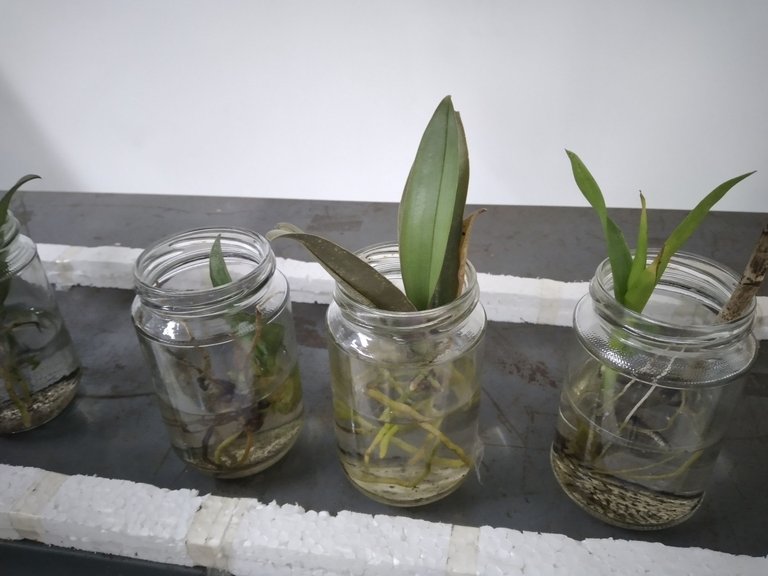
From the material I got during the tissue culture learning process. The key to the success of this method of propagation is sterilization. Both plant samples, containers, equipment and practicum locations must be in sterile conditions. There should be no contamination from outside such as free radicals, bacteria or viruses so that during the growing process, no fungus is found growing in the container.
Growing Media Making
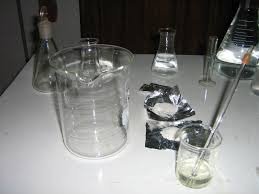
In general, tissue culture artificial growth media are simply as follows:
- Nutrient
- Sugar
- Vitamin
- Myo INOCYTOL
- Media Compactor, in this case we use gelatin
- Growth regulator
- Amino acid
- Natural Organic Compound
All the ingredients are mixed in a small glass bottle that has been sterilized and tightly closed using aluminum foil. Let stand for a few minutes so that the entire mixture solidifies.
What's the Hardest Part?
The last stage is always the hardest. And this is how I feel. The last stage is planting the expansion in the growing field that has been created in a tool called Laminar Air Flow
Laminar Air Flow is used for planting and subculture. Laminar Air Flow must be sterile, free from dust, equipped with UV, fluorescent lamps, and blowers. What makes this stage difficult is that the laminar flow in the tissue culture laboratory of the Faculty of Agriculture does not have UV light as a heater to kill bacteria and germs, so we have to do the planting manually using the LED flashlight on our cellphones. In addition, the planting process requires extra care so as not to damage the growing media. The explants must also be dipped several times in 70% alcohol solution to maximize the sterilization rate.
Hello seedling! We are waiting for you to come into the world!💙
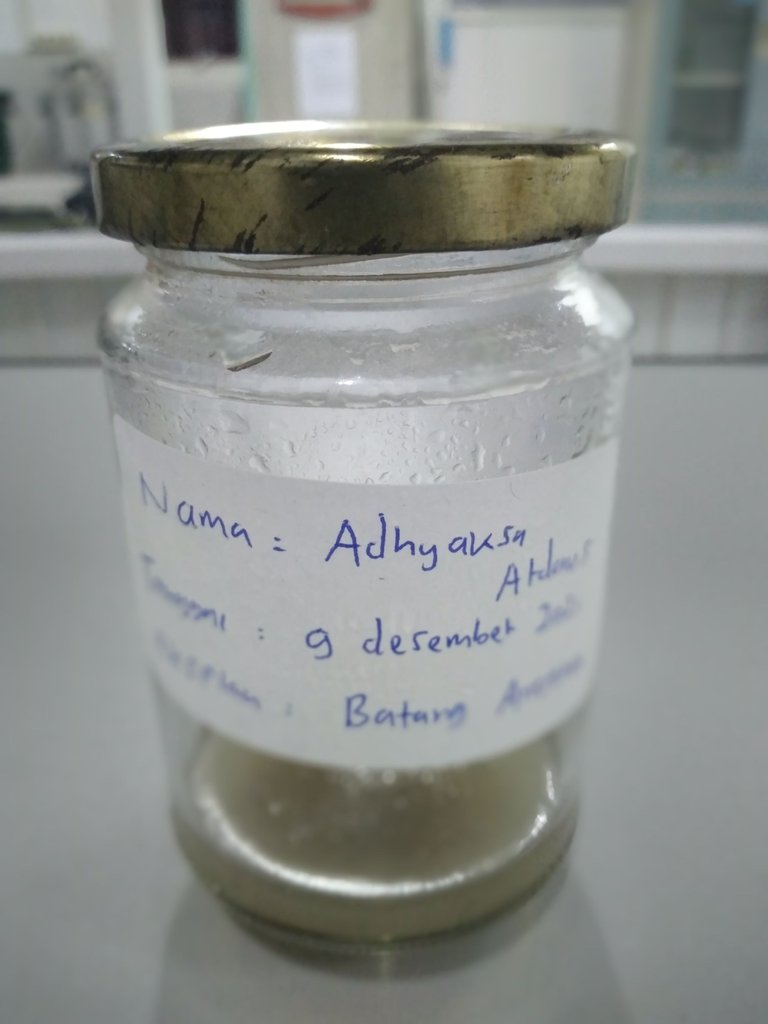
After a long process, we are finally ready to put our tissue culture products on the shelf for a month and keep an eye on their progress every day. Do not forget the cleanliness of the laboratory where the storage must also be considered.
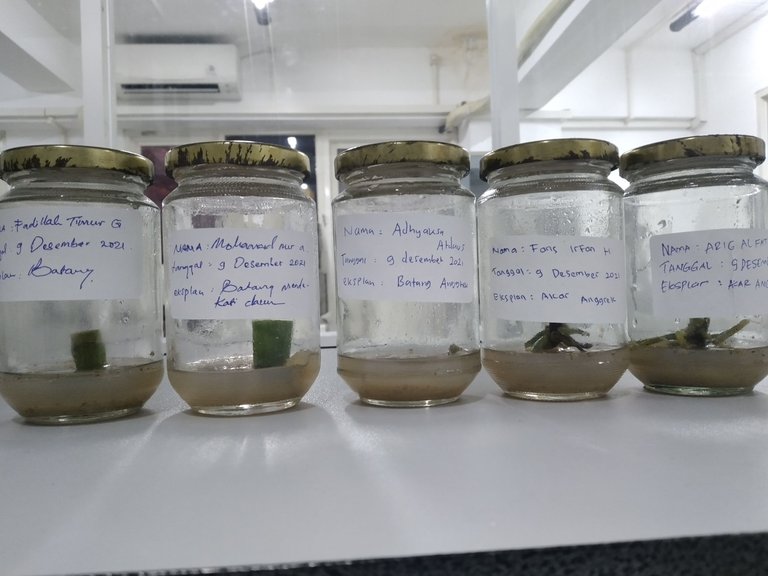
Not only is there one explant in the process of growing, but my friends are also working on theirs to grow. Explant parts planted by them are also diverse, there are roots, stems and leaves.

Unfortunately, I've returned to where I came from in South Sulawesi during the growing process, so I can't see how the final development of the expansion I planted will be. The last thing I noticed was that there were only a few roots that appeared. Maybe now it has become a beautiful orchid and blooms like spring that has never existed in Indonesia. So sad can’t see it😭😔
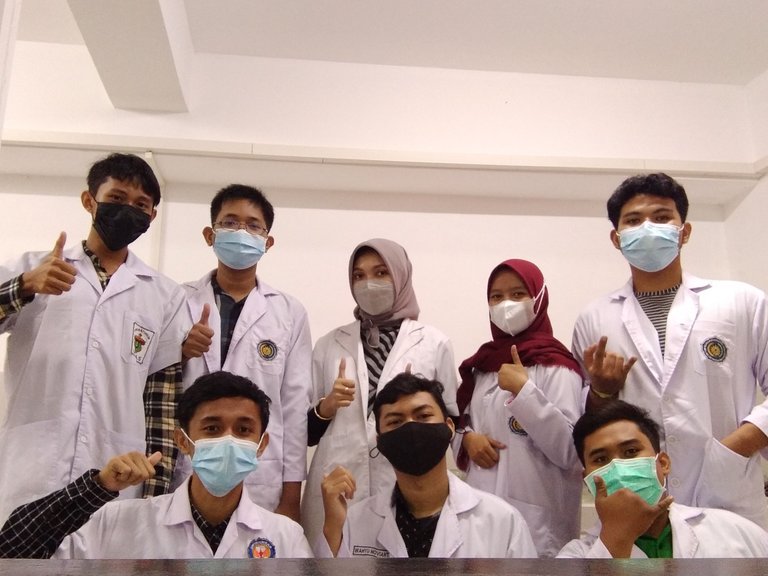
If there is an opportunity, I will study again to apply the learning from tissue culture practicum in my daily life such as multiplying plants in my yard. By the way, thank you readers for the opportunity to read my post.
xoxo😘

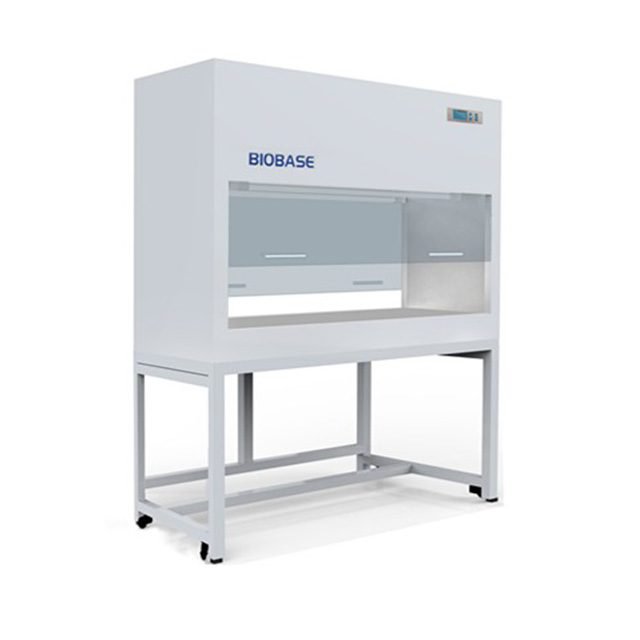
This is the wrong community for this content.
i just wanna share my experience 😂
It's not weekend-related content and so was muted.